10 Famous Fictional Characters That Are Actually Based On Real People
Someone says that "Art imitates Life." This is why artists paint people they see on the streets, musicians listen to birdsong, and writers dedicate their novels to the people they love. Anything may serve as a source of inspiration, sometimes even extremely scary stories that we need to know to learn more about our favorite books.
For example, Tintin from "The Adventures of Tintin" was inspired by a real-life boy named Palle Huld, who completed a trip to 8 countries in 44 days in 1927. Similarly, "The Lady of the Camellias" was based on the author's short love affair with a courtesan, Marie Duplessis. This woman also serves as the novel's female protagonist Marguerite Gautier.
These are just a few examples, but countless other book characters have been based on real people. While such characters can add an extra layer of complexity and depth to a story, it's important to remember that they are still fictional creations and may not necessarily reflect the actual personalities or experiences of their real-life counterparts.
For example, Tintin from "The Adventures of Tintin" was inspired by a real-life boy named Palle Huld, who completed a trip to 8 countries in 44 days in 1927. Similarly, "The Lady of the Camellias" was based on the author's short love affair with a courtesan, Marie Duplessis. This woman also serves as the novel's female protagonist Marguerite Gautier.
These are just a few examples, but countless other book characters have been based on real people. While such characters can add an extra layer of complexity and depth to a story, it's important to remember that they are still fictional creations and may not necessarily reflect the actual personalities or experiences of their real-life counterparts.
#1 Daisy Buchanan, The Great Gatsby
 Source: Wikimedia Commons, Warner Bros.
Source: Wikimedia Commons, Warner Bros.
#2 Margarita Gautier, The Lady of the Camellias
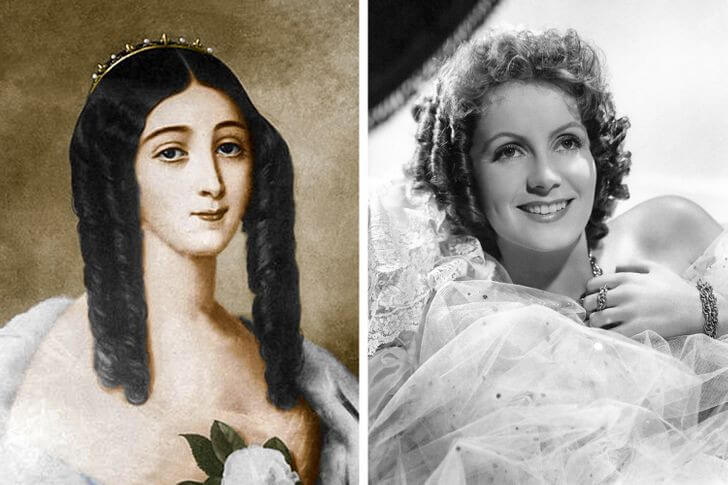 Source: Edouard Vienot, Camille / MGM
Source: Edouard Vienot, Camille / MGM
#3 Van Helsing, Dracula
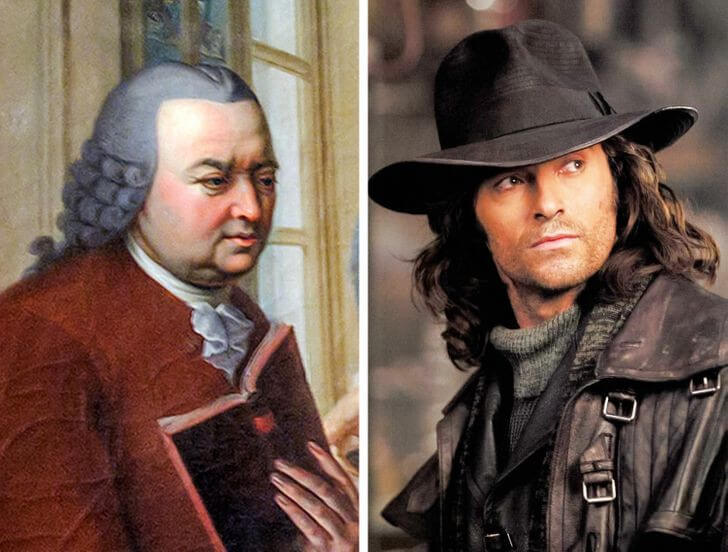 Source: Wikimedia Commons, Universal Studios
Source: Wikimedia Commons, Universal Studios
#4 Treebeard, The Lord of the Rings
 Source: Wikimedia Commons, New Line Cinema
Source: Wikimedia Commons, New Line Cinema
#5 John Silver, Treasure Island
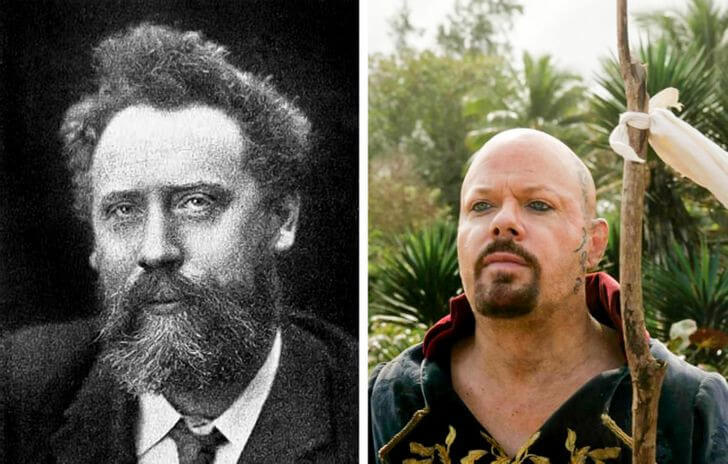 Source: Wikimedia Commons, BSkyB
Source: Wikimedia Commons, BSkyB
#6 Santiago, The Old Man, and the Sea
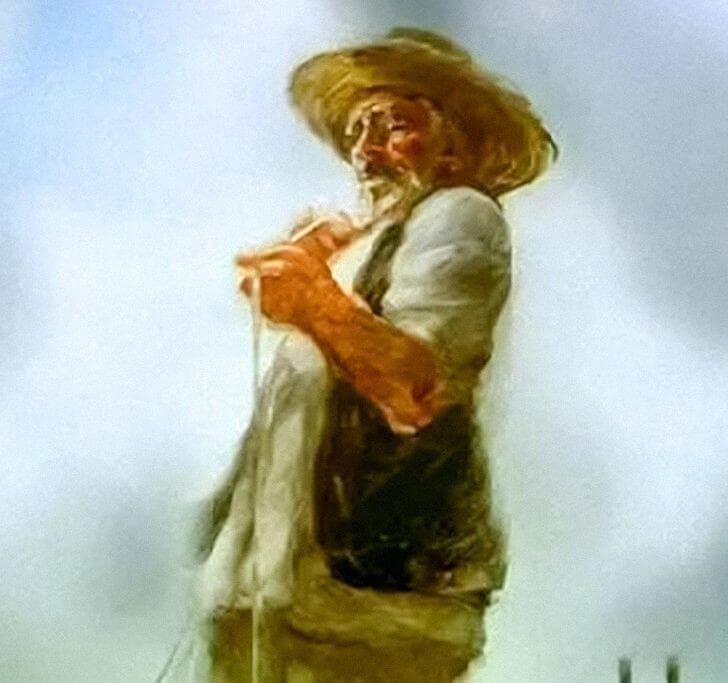 Source: Ogden Entertainment
Source: Ogden Entertainment
#7 Lisbeth Salander, The Girl with the Dragon Tattoo
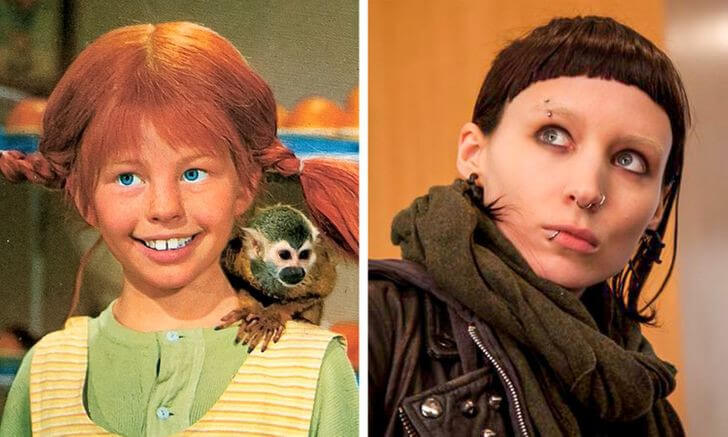 Source: Sveriges Radio, Relativity Media
Source: Sveriges Radio, Relativity Media
#8 Captain Quint, Jaws
 Source: © Jaws / Universal Pictures
Source: © Jaws / Universal Pictures
#9 The Snow Queen
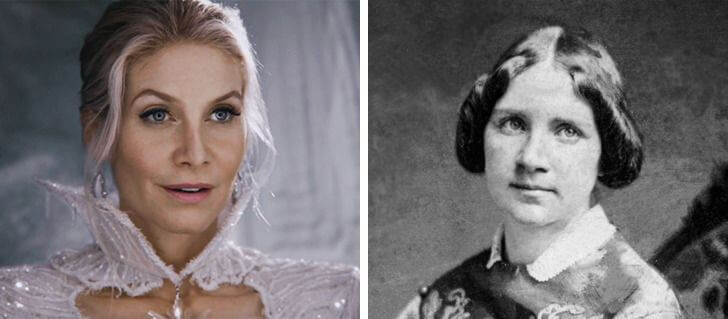 Source: ABC Studios, Wikimedia Commons
Source: ABC Studios, Wikimedia Commons
#10 Tintin, The Adventures of Tintin
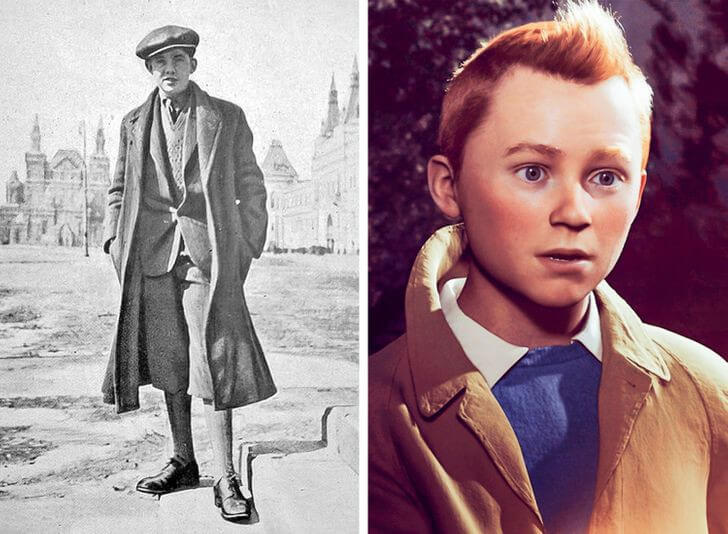 Source: Wikimedia Commons, Paramount Pictures
Source: Wikimedia Commons, Paramount Pictures
#11 Ichabod Crane, The Legend of Sleepy Hollow
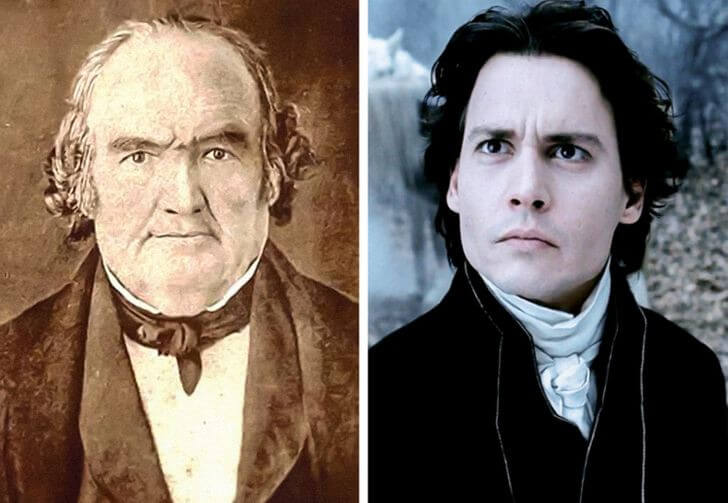 Source: Wikimedia Commons, Mandalay Pictures
Source: Wikimedia Commons, Mandalay Pictures
Share this article
Advertisement